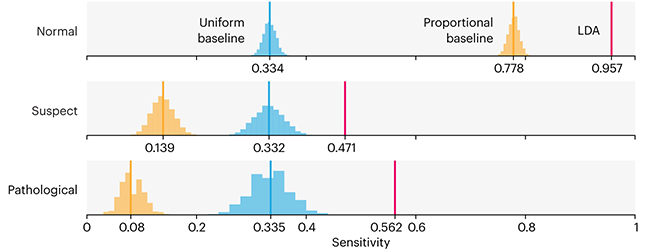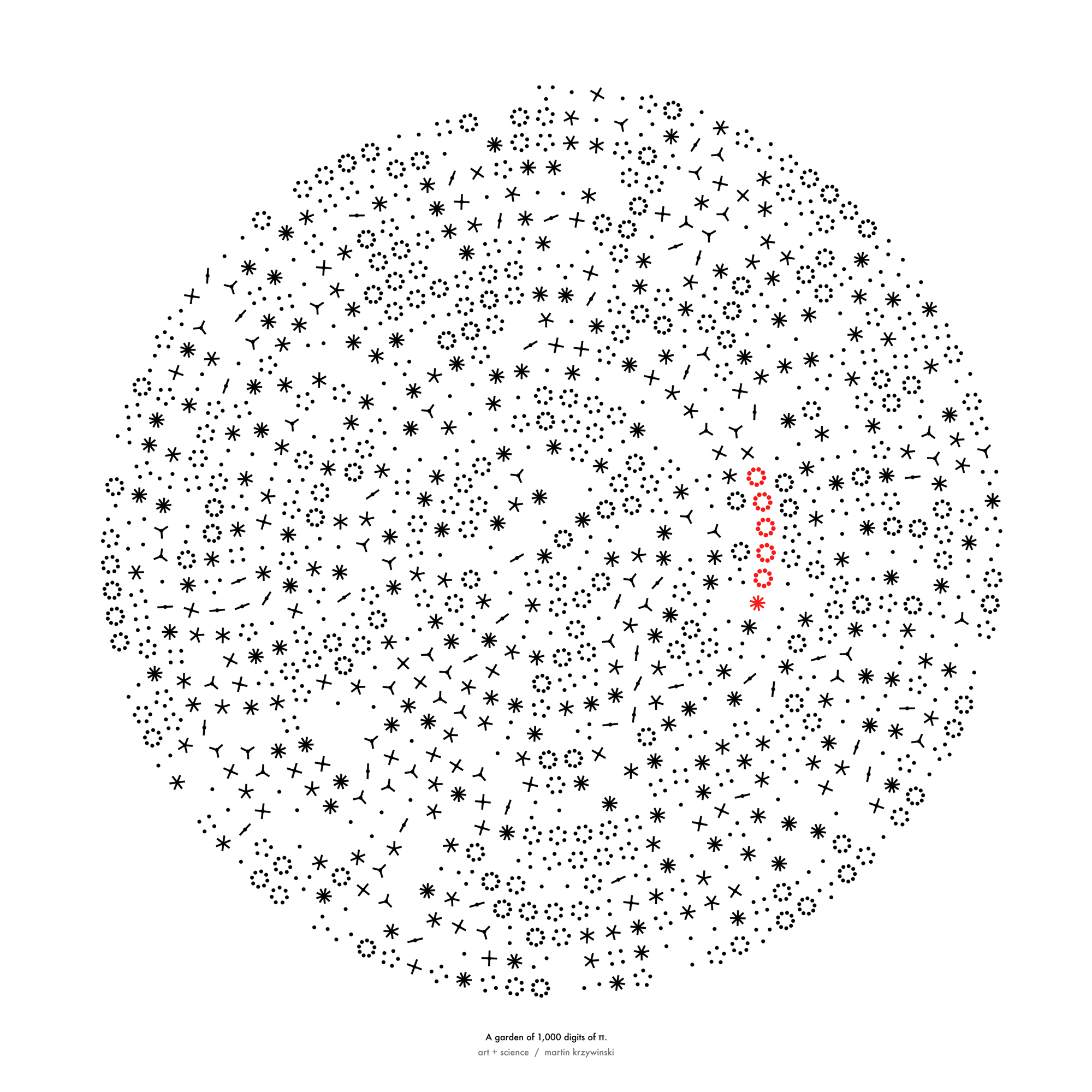Yes or No
Always just answers

contents
We have answers to your problems. You may be wondering where all these problems are coming from. Well, it's pretty simple actually.
Experts agree that we are bombarded with a increasing amount of information with each passing day. Praised by the industry, the “innovation” of email has caused only a small increase in corporate productivity. What is the cost of this invention? A sharp decline in personal happiness.
Research has determined that 93% of all emails contain at least one question mark. Furthermore, an average person receives 10-15 emails per day. Therefore, an average person receives 10–15 questions per day!
Added to any problems that arise during the day that could total over 20 problems. Since the number of problems is inversely proportional to happiness, these data paint a disturbing picture. What can we do? Indeed, the situation is bleak.
Reduced time spent in personal interaction adds to the problem.
Recent studies show that the average couple talks 4 minutes per day. Consider this: if your partner helps you solve only 50% of your problems, that still leaves only 4 minutes for 10 problems. In other words, you have 24 seconds to
- state your problem
- allow them to formulate and present a response
- offer a rebuttal, and
- present your thanks
- repeat 9 more times
Obviously, such tight timing cannot be practically achieved. Even under controlled conditions, laboratory studies show that volunteers engaged in such activity show symptoms of burnout after addressing only 14 problems, on average.
What's more, it's known that 90% of communication is done through body language. Since it's very difficult to answer complex questions with your body, we can assume that the actual amount of verbal time remaining to solve a problem is not 24 seconds but 2.4 seconds!
What can you do? The numbers conspire against you. Things are obviously not your fault. Email is here to stay and with a busy schedule you'll be doing even less talking in the days to come. How do you solve your problems and stay ahead? Simple - use our linear congruent problem solver.
We have answers because we have a lot of problems. The overwhelming number of problems has taught us how to generate germane answers quickly and efficiently.
The purpose of the yesorno service is to
- offer answers to problems, thereby
- increasing personal happiness
- lowering the fraction of time spent in problem-solving activities
- centralize problem-solving facilities
- address a variety of issues, not limited to queries of a geopolitical, economic, philosophical and scientific nature
- decrease the effect of consequences arising from incorrect answers by providing a simple iterative approach of obtaining additional answers
Getting the answer is crucial. Interpreting and acting accordingly can be a challenge in itself. Therefore we provide a comprehensive lookup table to offer an interpretation of our answer and help you assess the correct course of action.
When you receive an answer from yesorno, look it up in the second column of the table. The text in that row corresponds to different outcomes, depending on the true answer. Of course, you do not know the true answer (if you did, you wouldn't be using our service), you are well on your way to solving your problem with our answer.
| universal best course of action | ||||
|---|---|---|---|---|
| yes | no | maybe | ||
| our answer | yes | Our methods have correctly determined that affirmative action is the correct route. Hold your course and reap the rewards. | This is a rare opportunity to experience what most do not attempt. We encourage you to be adventurous, daring, and cavalier. | The universe does not currently support experimental verification of this course of action. In its paradigm, quantum mechanics uses superposition of states, interpreted as both yes and no states simultaneously, but such states are not observables. Although we provide the answer for you, you must wait until the universe becomes compatible with these kinds of predictions. |
| no | While others may be tempted to act, we urge caution and healthy skepticism. This is a good time to stand back and reconsider or take up a new hobby. | General truths in this case are negative and you are certain to avoid them. Others will fail where you will persevere. Not to act is an action. | ||
| maybe | Although to us the answer is clear, the time is not right to reveal it. Consider your current situation and act accordingly. See this as a chance to gain perspective on an old problem. | You naturally wish to act, motivated by the momentum of past successes. Take caution. Looking in the rear view mirror can often tell you where you are going (not only when going backwards). | We cannot fit the explanation of this combination here. For the time being, you are to consider the probability of this combination infinitely small | |
If you have received an answer from our yesorno service but have not formulated a question in your mind, the answer is lost.
Do not under any circumstance attempt to retroactively apply the answer to a problem which you have cognitively visualized after the answer is given.
Simply put, such action contravenes the accepted causality laws of relativistic information transfer.
We cannot accept any responsibility about the correlation between your problem, our answer and the universal best course of action in this instance.
Our linear congruent answer generation method is a quantitative approach and such estimates can be computed. We find that the accuracy level is on avearge 33% for spent answers.
However, in individual cases the accuracy ranges as high as 100%.
For reasons we don't quite understand ourselves, it seems that our answers are good for only 5 minutes after they are generated.
After this time, they become stale.
Never use a stale answer. Instead, consider getting a new answer — but make sure you first have a problem. Answers without problems cannot be retroactively applied.
Our records show that you have already received an answer of YES, which is 13.5 hours old.
This answer is stale — answers are good for only 5 minutes.
Never use a stale answer. Instead, consider getting a new answer — but make sure you first have a problem. Answers without problems cannot be retroactively applied.
Nasa to send our human genome discs to the Moon
We'd like to say a ‘cosmic hello’: mathematics, culture, palaeontology, art and science, and ... human genomes.



Comparing classifier performance with baselines
All animals are equal, but some animals are more equal than others. —George Orwell
This month, we will illustrate the importance of establishing a baseline performance level.
Baselines are typically generated independently for each dataset using very simple models. Their role is to set the minimum level of acceptable performance and help with comparing relative improvements in performance of other models.

Unfortunately, baselines are often overlooked and, in the presence of a class imbalance5, must be established with care.
Megahed, F.M, Chen, Y-J., Jones-Farmer, A., Rigdon, S.E., Krzywinski, M. & Altman, N. (2024) Points of significance: Comparing classifier performance with baselines. Nat. Methods 20.
Happy 2024 π Day—
sunflowers ho!
Celebrate π Day (March 14th) and dig into the digit garden. Let's grow something.

How Analyzing Cosmic Nothing Might Explain Everything
Huge empty areas of the universe called voids could help solve the greatest mysteries in the cosmos.
My graphic accompanying How Analyzing Cosmic Nothing Might Explain Everything in the January 2024 issue of Scientific American depicts the entire Universe in a two-page spread — full of nothing.
The graphic uses the latest data from SDSS 12 and is an update to my Superclusters and Voids poster.
Michael Lemonick (editor) explains on the graphic:
“Regions of relatively empty space called cosmic voids are everywhere in the universe, and scientists believe studying their size, shape and spread across the cosmos could help them understand dark matter, dark energy and other big mysteries.
To use voids in this way, astronomers must map these regions in detail—a project that is just beginning.
Shown here are voids discovered by the Sloan Digital Sky Survey (SDSS), along with a selection of 16 previously named voids. Scientists expect voids to be evenly distributed throughout space—the lack of voids in some regions on the globe simply reflects SDSS’s sky coverage.”
voids
Sofia Contarini, Alice Pisani, Nico Hamaus, Federico Marulli Lauro Moscardini & Marco Baldi (2023) Cosmological Constraints from the BOSS DR12 Void Size Function Astrophysical Journal 953:46.
Nico Hamaus, Alice Pisani, Jin-Ah Choi, Guilhem Lavaux, Benjamin D. Wandelt & Jochen Weller (2020) Journal of Cosmology and Astroparticle Physics 2020:023.
Sloan Digital Sky Survey Data Release 12
Alan MacRobert (Sky & Telescope), Paulina Rowicka/Martin Krzywinski (revisions & Microscopium)
Hoffleit & Warren Jr. (1991) The Bright Star Catalog, 5th Revised Edition (Preliminary Version).
H0 = 67.4 km/(Mpc·s), Ωm = 0.315, Ωv = 0.685. Planck collaboration Planck 2018 results. VI. Cosmological parameters (2018).
constellation figures
stars
cosmology
Error in predictor variables
It is the mark of an educated mind to rest satisfied with the degree of precision that the nature of the subject admits and not to seek exactness where only an approximation is possible. —Aristotle
In regression, the predictors are (typically) assumed to have known values that are measured without error.
Practically, however, predictors are often measured with error. This has a profound (but predictable) effect on the estimates of relationships among variables – the so-called “error in variables” problem.

Error in measuring the predictors is often ignored. In this column, we discuss when ignoring this error is harmless and when it can lead to large bias that can leads us to miss important effects.
Altman, N. & Krzywinski, M. (2024) Points of significance: Error in predictor variables. Nat. Methods 20.
Background reading
Altman, N. & Krzywinski, M. (2015) Points of significance: Simple linear regression. Nat. Methods 12:999–1000.
Lever, J., Krzywinski, M. & Altman, N. (2016) Points of significance: Logistic regression. Nat. Methods 13:541–542 (2016).
Das, K., Krzywinski, M. & Altman, N. (2019) Points of significance: Quantile regression. Nat. Methods 16:451–452.
